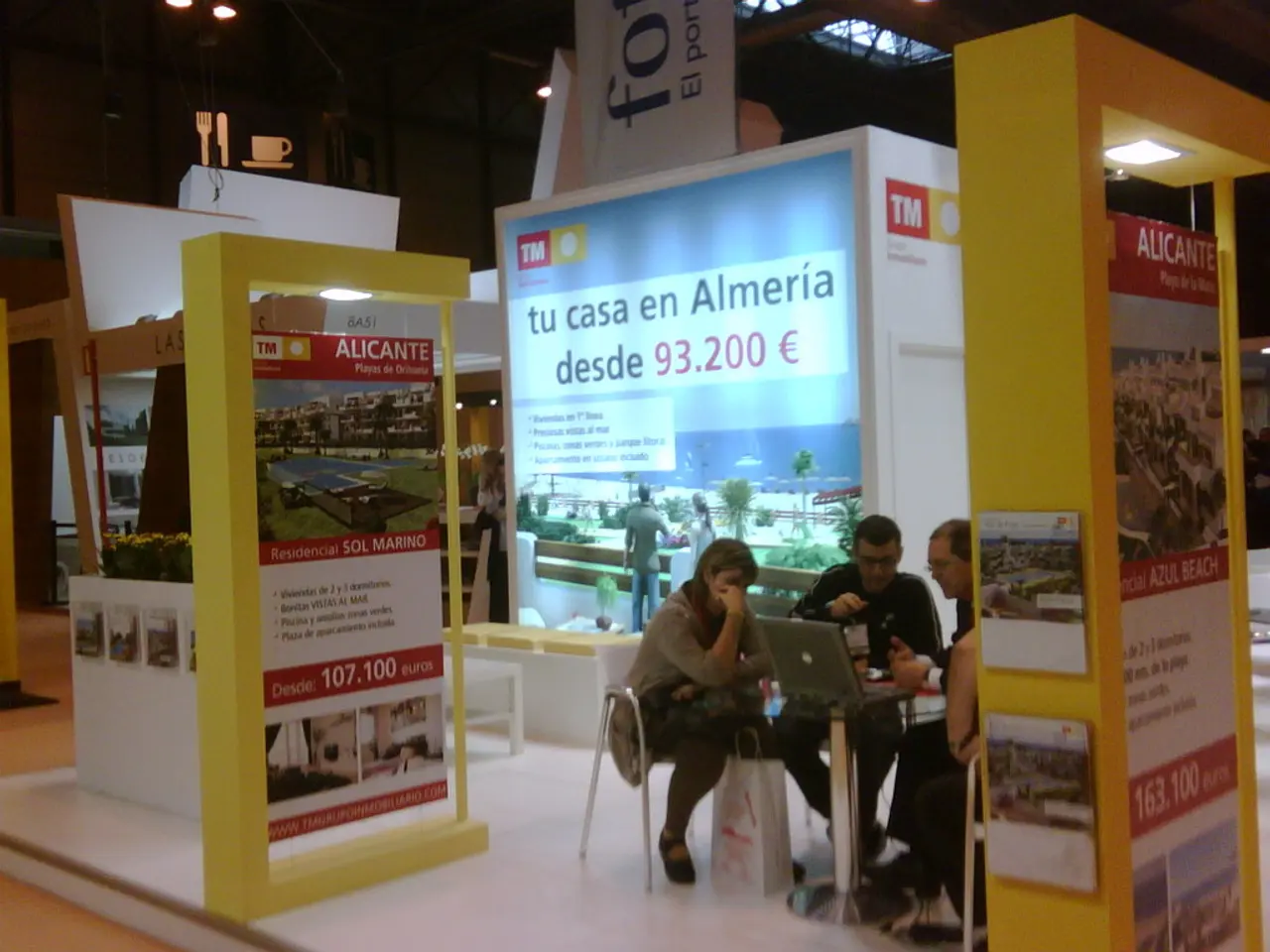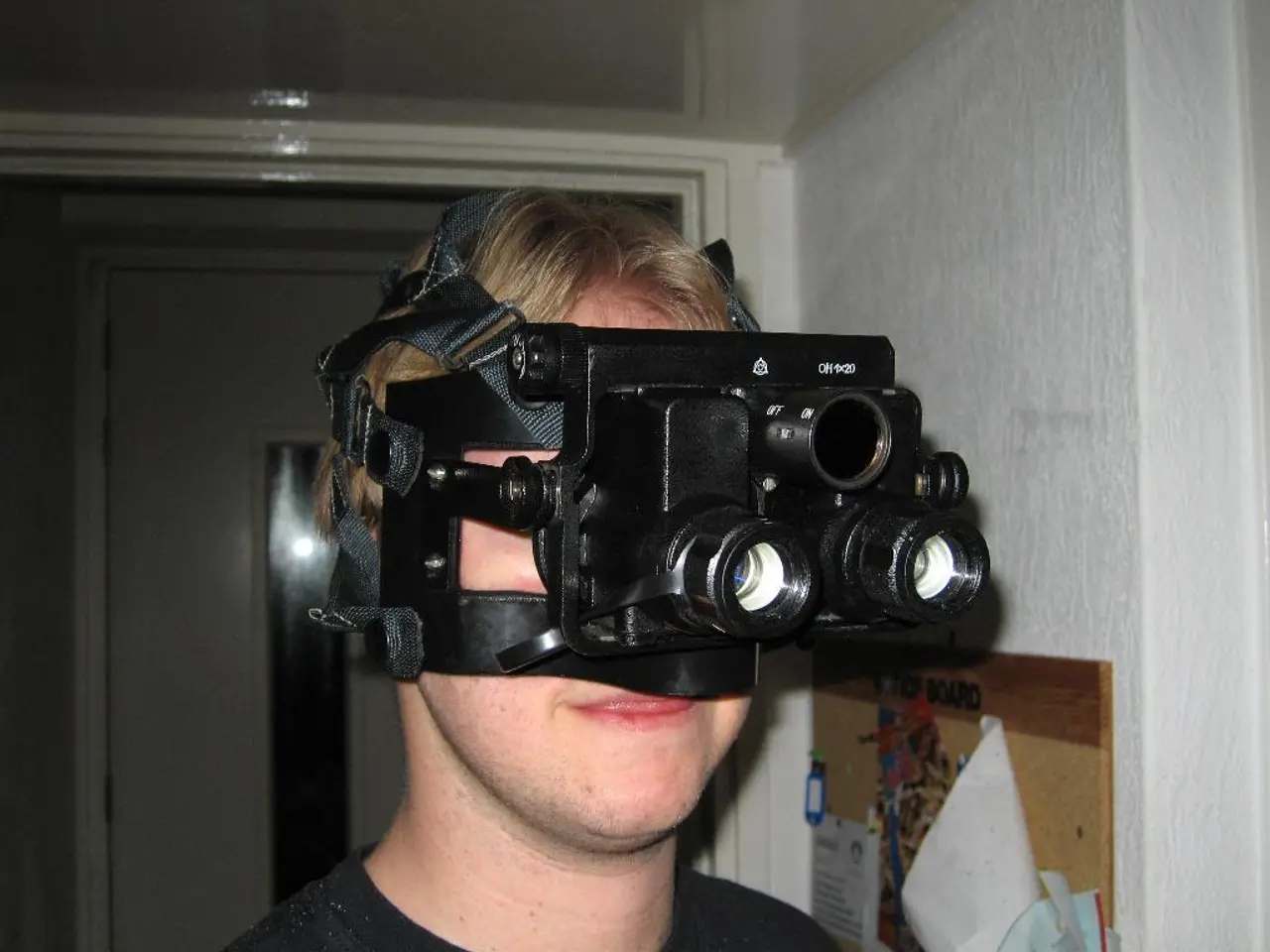Audio technology company Ampetronic equips Bristol train station with Auri assistive listening system for improved hearing accessibility.
In a significant step towards improving auditory accessibility, the Auri assistive listening system has been installed at Bristol Temple Meads Station in England. This marks the first public integration of Auri in a transport environment [1][3]. Developed by Ampetronic, in collaboration with Listen Technologies, Auri utilizes Auracast broadcast audio technology based on Bluetooth Low Energy Audio [2].
The system, which includes 10 transmitters covering high-traffic areas such as platforms 9-12, the pedestrian subway, and ticket hall, enables passengers with Auracast-enabled devices — including compatible hearing aids, cochlear implants, earbuds, headphones, and smartphones — to receive live public address announcements (safety, service updates, travel info) directly in their ears [1][3]. This improves speech intelligibility, especially benefitting people with hearing loss, neurodivergent individuals, and others challenged by noisy environments [1][3].
The Auri system at Bristol Temple Meads Station is part of the Station Innovation Zone programme, developed in partnership with Network Rail with support from the Government's Innovate UK department [1]. Ampetronic conducted live system trials at the station that validated consistent coverage and reliable performance across the designated areas [1]. Although detailed user trial reports at Bristol Temple Meads Station are not published, the successful testing implies real-world usability and benefits.
Jonathon Hoskin, business development manager at Ampetronic, expressed eagerness for more passengers to experience Auri and hopes they find it helpful as they navigate the station. Ampetronic has commissioned RNID (Royal National Institute for Deaf People) to conduct in-depth user trials at Bristol Temple Meads Station to assess the efficacy of the Auri system, the type of information the system should broadcast, and what improvements could be made to access the technology [1].
Ampetronic will also evaluate the interoperability of Auri with existing systems. Passengers interested in learning more about Auri can attend demonstrations hosted by Ampetronic at Bristol Temple Meads Station [4]. To schedule a demonstration, contact [email protected].
The programme aims to reduce barriers to innovation in public transportation, enhancing accessibility and inclusion for diverse passenger needs [1][4]. The trial of Auri at Bristol Temple Meads Station is a promising step towards creating more accessible and user-friendly public transit environments for all passengers.
References:
[1] Ampetronic. (2025). Auri at Bristol Temple Meads. Retrieved from ampetronic.com/auri-at-bristol-temple-meads
[2] Ampetronic. (2025). Auracast. Retrieved from ampetronic.com/auracast
[3] Connected Places Catapult. (2025). Station Innovation Zone. Retrieved from connectedplaces.catapult.org.uk/innovation-zones/station-innovation-zone
[4] Ampetronic. (2025). Auri at Bristol Temple Meads - Demonstrations. Retrieved from ampetronic.com/auri-at-bristol-temple-meads-demonstrations
Audiences at Bristol Temple Meads Station can now benefit from the clear, real-time public announcements delivered via the Auri system, an innovative audio technology that uses Bluetooth Low Energy Audio. This groundbreaking technology, developed by Ampetronic and Listen Technologies, is part of the Station Innovation Zone program, aiming to improve accessibility and inclusion in public transportation.




